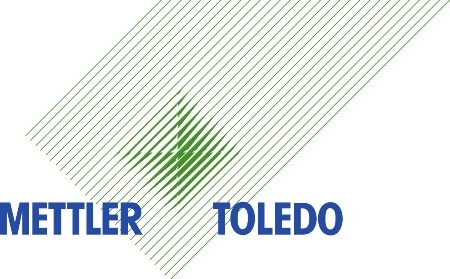.jpg)
Image Credit: Borozentsev/Shutterstock.com
Thermoplastic materials are broadly used in several industries due to their distinct properties, attractive price, low weight, and recycling possibilities.
The four major methods of thermal analysis are TMA, DSC, DMA, and TGA, as they are well suited for characterization of such materials. The most significant advantage is measuring the properties as a function of time or temperature over a broad temperature range, between -150 and 1600 °C.
This webinar outlines the use of thermal analysis to analyze thermoplastic materials, it also presents some general examples of samples measured using TMA, DSC, DMA, or TGA.
Thermal analysis can be employed for the research and quality control of thermoplastic materials. Only a small sample weighing a few milligrams is adequate to measure the most significant characteristics and properties of such materials including, glass transition, melting, elasticity, specific heat capacity, crystallization, expansion coefficient, and decomposition.
This webinar will illustrate the major methods of thermal analysis and will demonstrate a few typical applications.
The topics covered in the webinar are as follows:
- Introduction
- Basic properties of thermoplastics
- Typical questions
- Industries and applications
- Thermal analysis
- Instrumentation and applications
- Differential Scanning Calorimetry (DSC)
- Thermogravimetry (TGA)
- Thermomechanical Analysis (TMA)
- Dynamic Mechanical Analysis (DMA)
- Summary

This information has been sourced, reviewed and adapted from materials provided by Mettler Toledo - Thermal Analysis.
For more information on this source, please visit Mettler Toledo - Thermal Analysis.